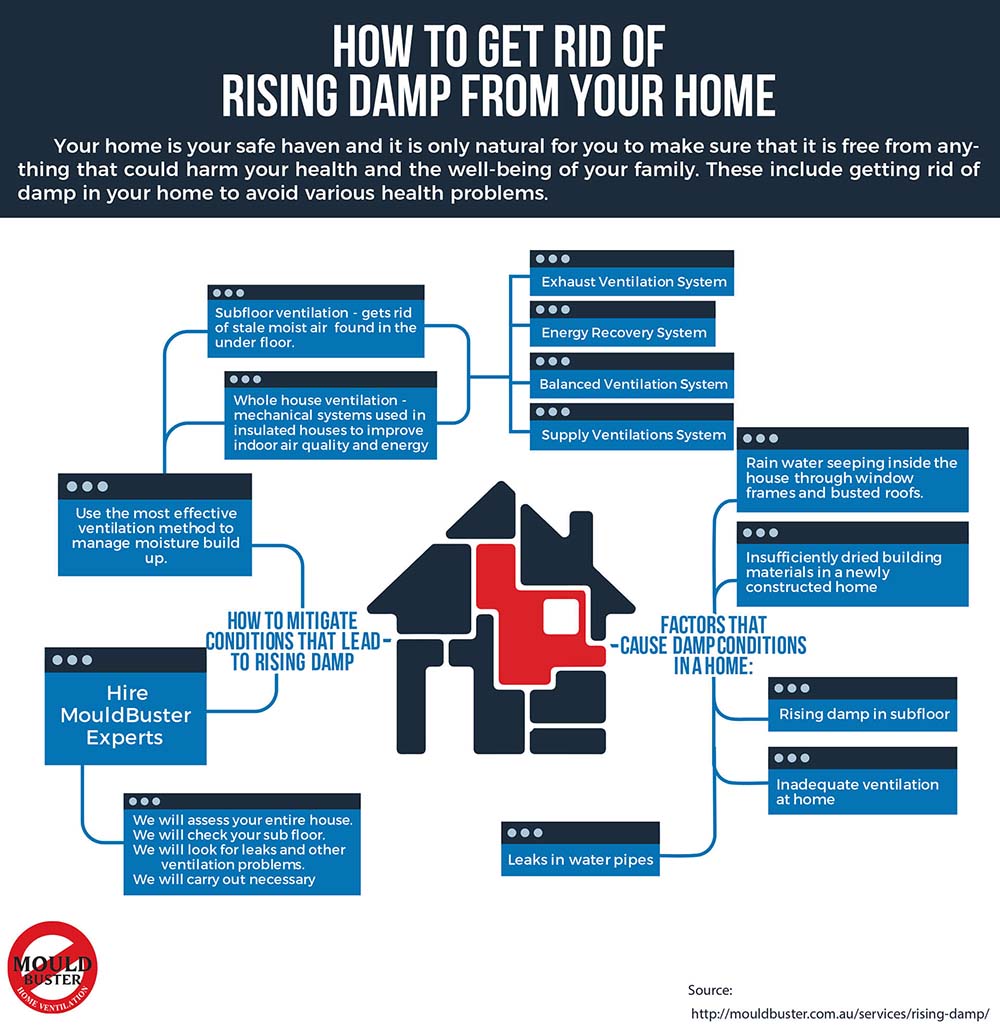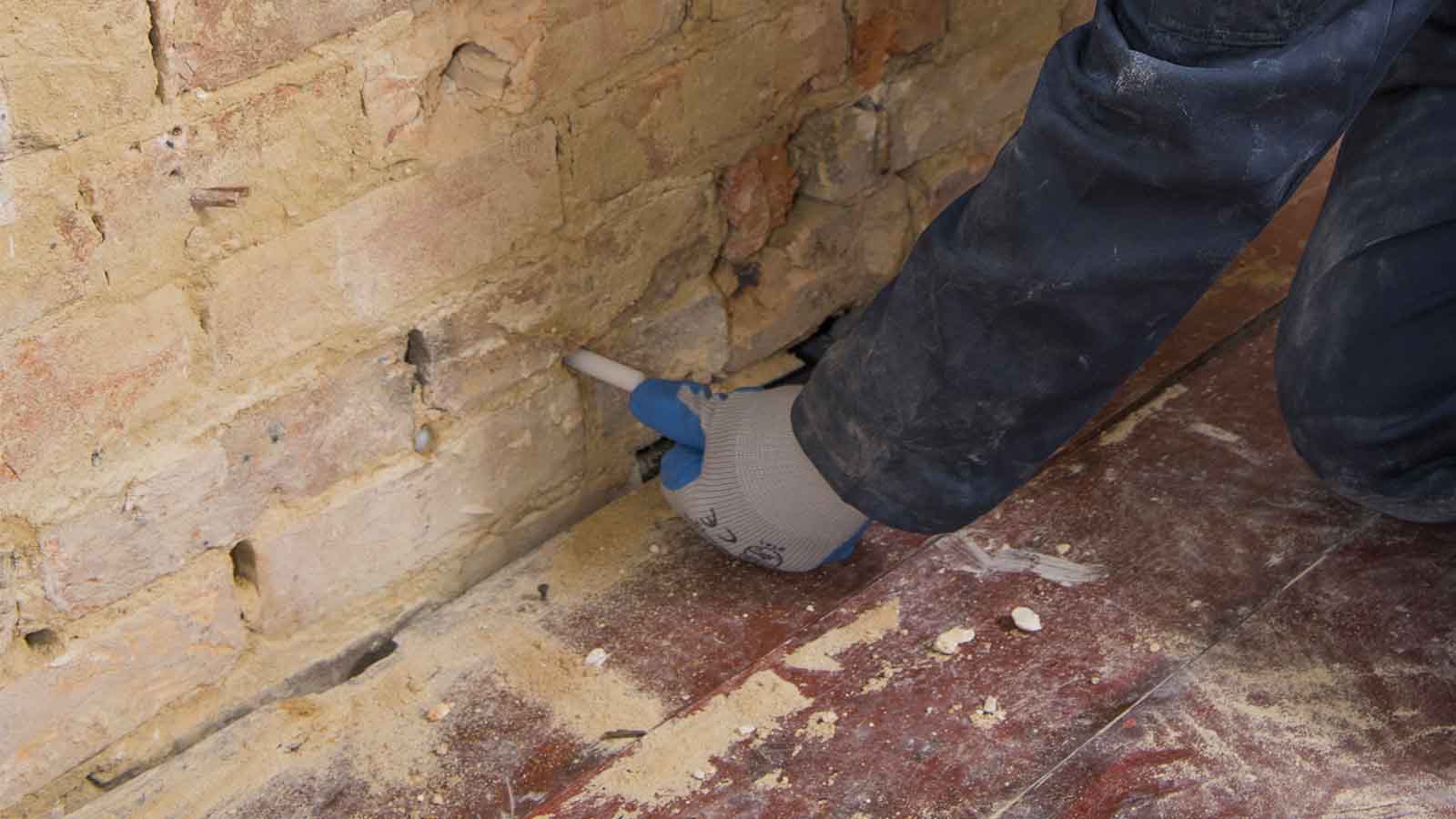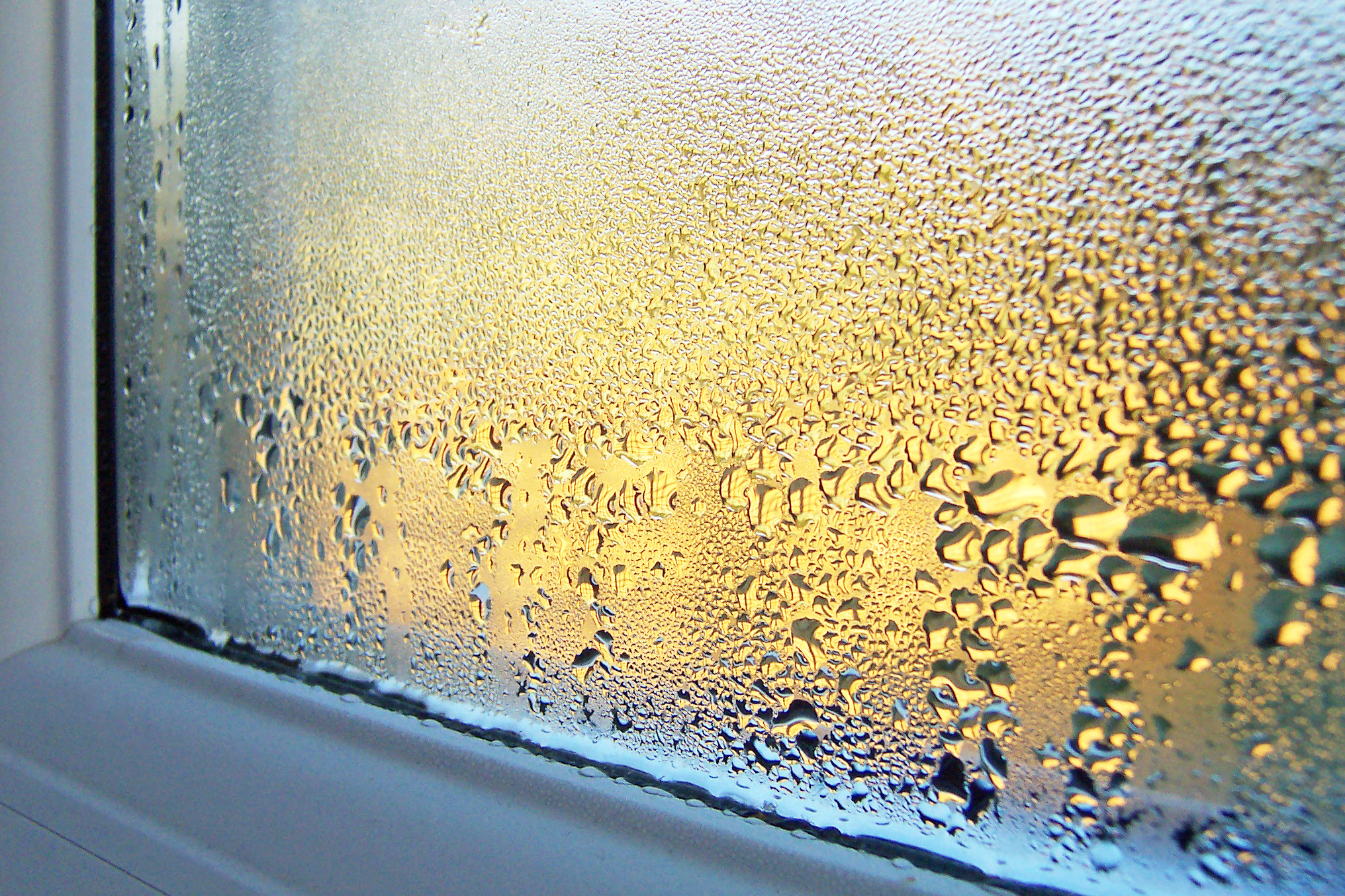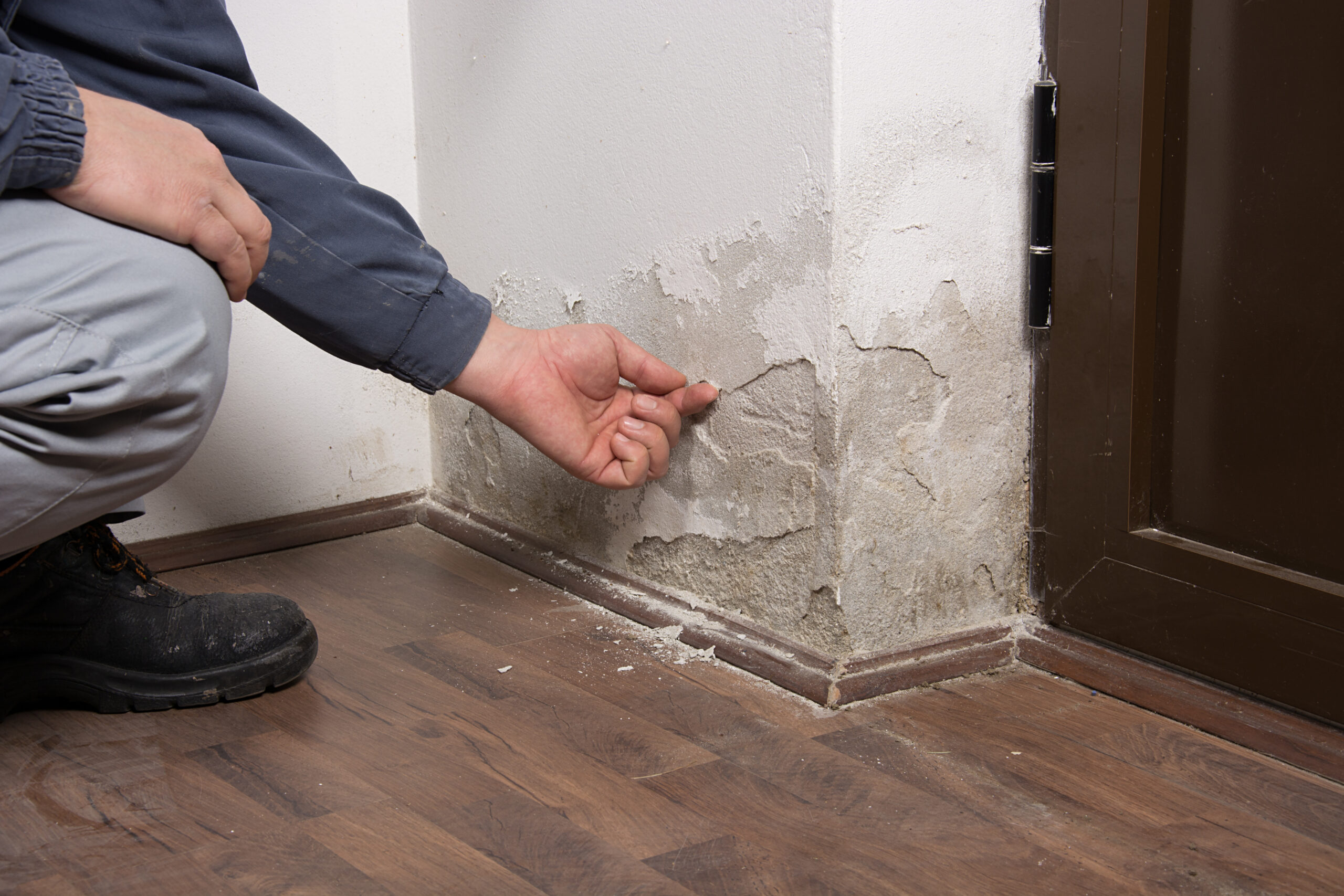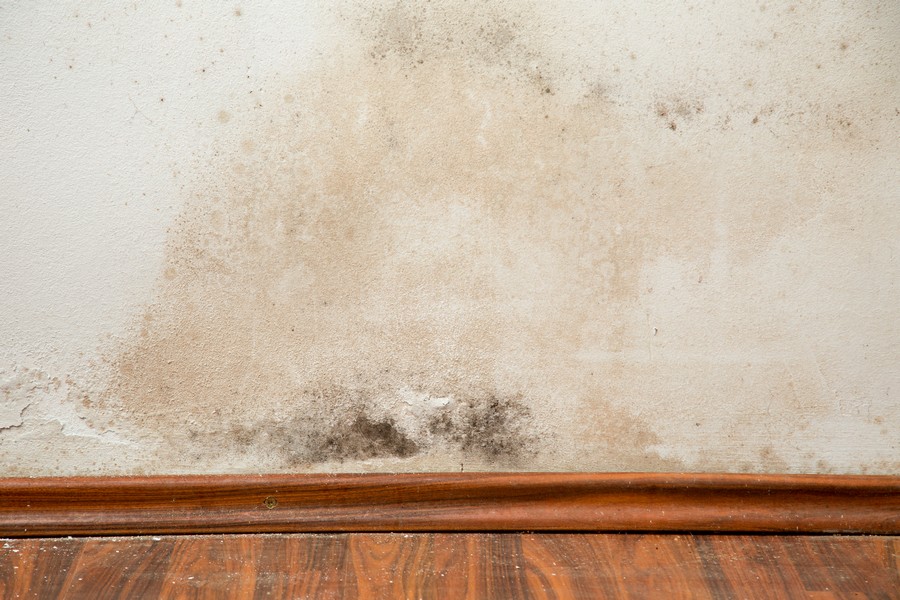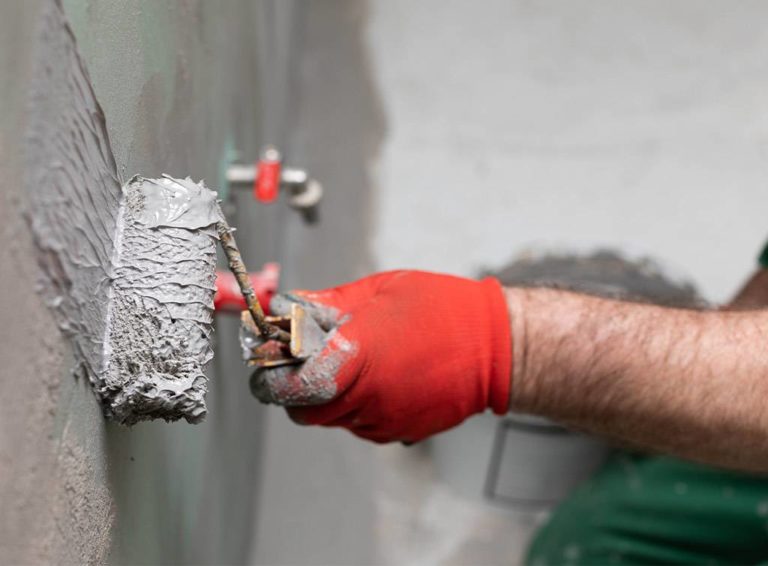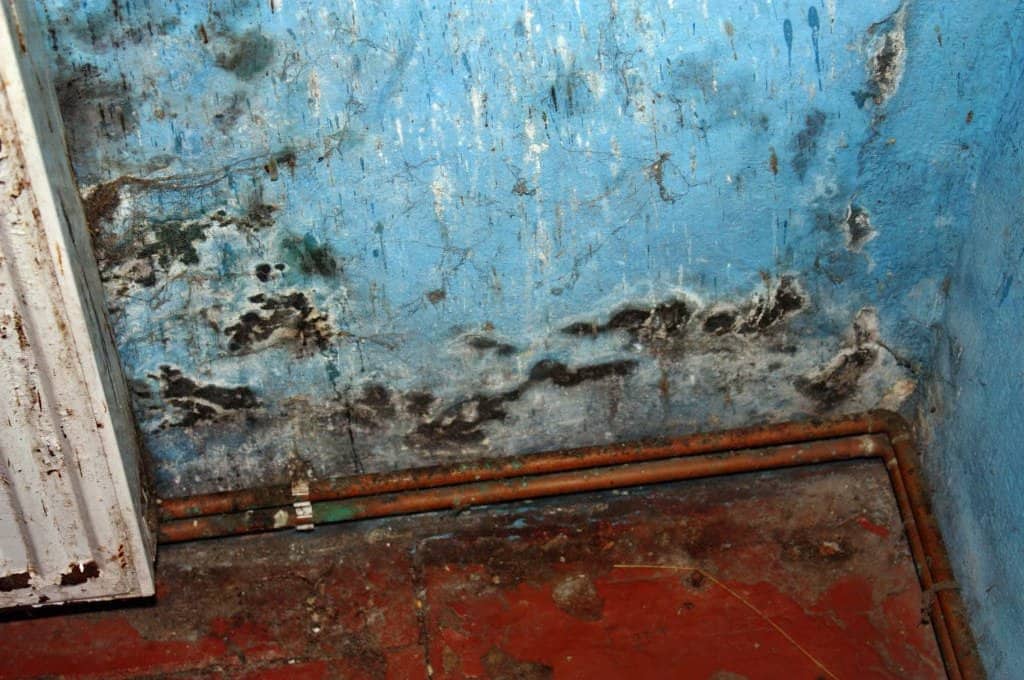Great Info About How To Fix Rising Damp
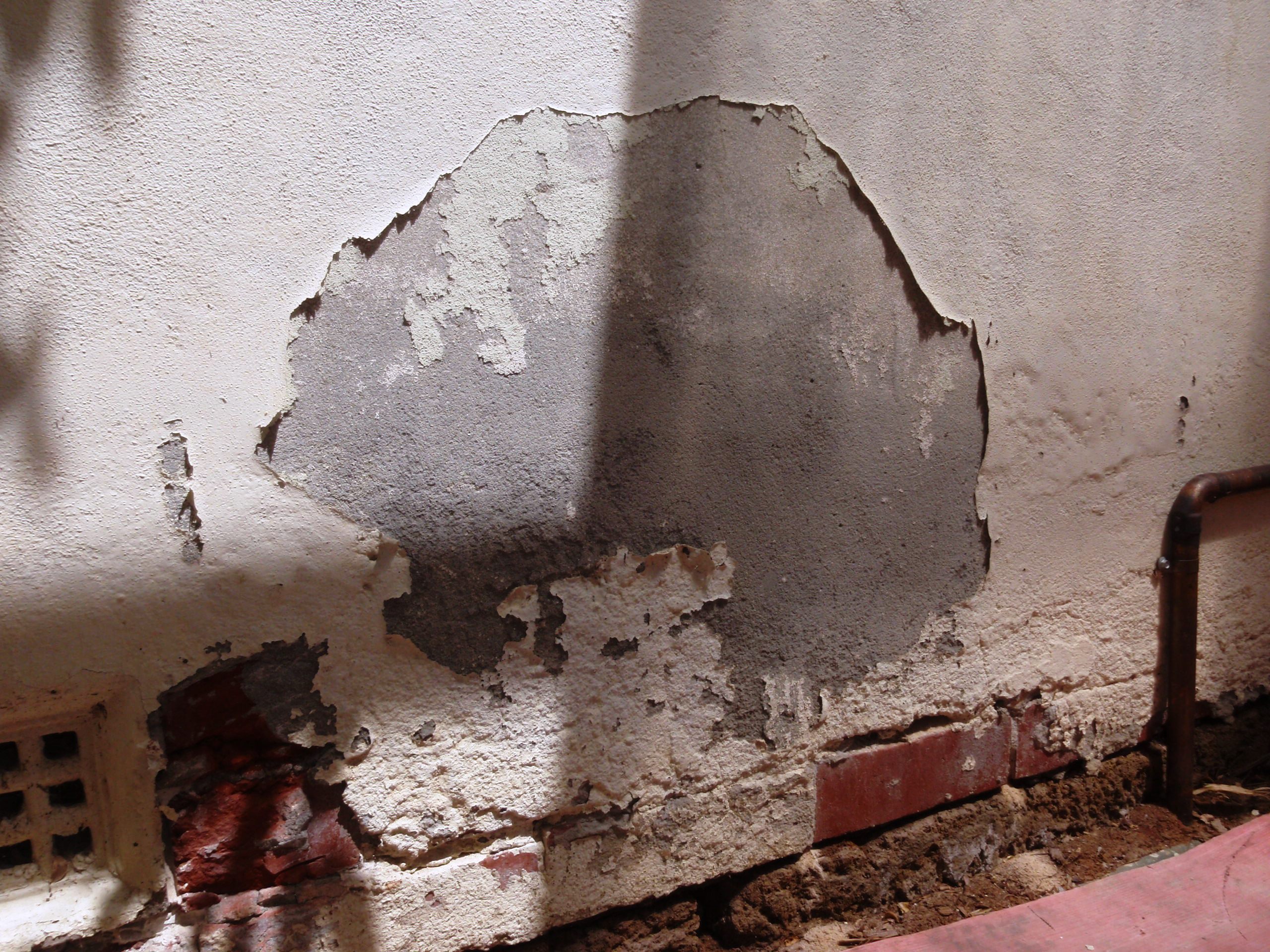
In this scenario, ground water can bridge above the damp proof course.
How to fix rising damp. How to treat rising damp. How to solve/fix rising damp and penetrating damp for beginners and professionals! Breaks or cracks in your wall’s mortar damage from fixings in your home usually by screwing or bolting things to your walls do internal walls need damp proofing?
This will act as a barrier between the ground and the property, stopping. The time to fix rising damp can vary significantly depending on the severity of the problem, the chosen treatment method, and the size of the affected area. This guide explains everything you.
The most common and effective way to treat rising damp is to install a remedial damp proof course by injecting a water repellent damp proof cream into the mortar bed joint of. I show how to lower a path, ins. Creating a damp proof barrier.
The solution to this will depend on individual. The good news is fixing rising damp usually comes down to taking the right measures and fixing the damaged building areas. To reduce the extreme fluctuation of temperature of internal walls, and minimise the creation of condensation, add insulation to the building.
One of the easiest ways to spot rising damp is to look out for flaking, blistering or powdery paint. How to fix/solve 'rising damp' problems in a solid wall (no cavity). These can appear yellow or brown.
How to prevent rising damp. We'll take you through the different causes and. Paint needs a dry surface to adhere to but damp works against this.
Flaky paint and peeling wallpaper are also common signs of. Water stains and tidemarks on your walls, usually starting at the bottom of the wall. Outside ground level is higher than internal floor level.
